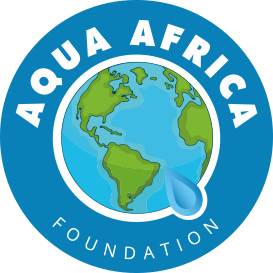How the whole world is struggling with water
The world is facing an unprecedented drought. According to data from the National Oceanic and Atmospheric Association, in the United States, nearly half of the continents are currently affected. The situation in the Northwest is particularly dire.
After a heatwave that killed hundreds of people, the region is facing the driest conditions in more than a century. According to the SPEI Global Drought Monitoring Agency, no continent except Antarctica is spared. In Brazil, the current drought is one of the worst on record. Coffee production is expected to fall by 23% this year, and low reservoir water levels mean that the country cannot make full use of its hydroelectric power plants, thereby pushing up electricity bills. In Madagascar, drought caused hundreds of thousands of people to be malnourished, pushing the country to the brink of famine. Scientists say that rising global temperatures and changes in precipitation patterns have led to more frequent droughts, and the situation may get worse.
In the past two decades alone, the United Nations estimates that the drought has affected 1.5 billion people and caused at least $124 billion in economic losses. Water conservation has never been more important. How the government strives to reduce water use On a global scale, governments are taking actions to limit water use. Bozeman, Montana, recently restricted lawn watering to two days a week. Mexico is releasing silver iodide into the clouds to stimulate rainfall. Maui County announced that it will impose fines on those who irrigate, water lawns, wash cars, or otherwise use water for “non-essential activities.” In Arizona, the State Department of Water Resources has long tried to reduce the use of groundwater—groundwater supplies about 39% of the state’s water—so that the water returns to the aquifer at the same rate as it was extracted. This effort is particularly important this year, as the drought is reducing the Colorado River, another major water source in the state.
But where to reduce the use of groundwater has always been a source of conflict. In April, the state proposed rules requiring urban golf courses that use groundwater to reduce their use by more than 3%-in the words of department head Tom Buschatzke, this is a “relatively modest reduction.” In a public meeting, the chairman of the Arizona Golf Course Supervisors Branch rebutted, calling the proposal “the biggest problem we face.” He urged the country not to rush to make a decision, and pointed out that the golf industry has made great strides in saving water. Environmental advocates say that although cities are worthy of reduction targets, any effective strategy must also include agriculture. The US Department of Agriculture claims that agriculture accounts for 80% of the country’s water use. “If we can’t reduce the amount of water used for irrigation farms, we can’t get rid of the threat of water shortages and water shortages,” said Brian Richter, president of sustainable water resources, a non-profit organization based in Utah and Virginia. Brian Richter) said.
A water dispute over agriculture is being staged in Oregon, where Native Americans have high-level legal rights over Upper Klamath Lake through a treaty with the federal government. The lake is the main source of water for the Klamath tribe and home to the endangered and culturally important sucker fish. Non-local farmers in the area also rely on the lake, which is used to irrigate more than 130,000 acres of fields. When the drought hit the area this year, these farmers lost water allocation. The situation became tense and some farmers threatened to use force to fetch water from the lake. “The development of irrigated agriculture is not restricted,” said Don Gentry, chairman of the Klamath tribe. “The federal government has overcommitted people to water, and we need to consider sustainability… there is not enough water available.”
with information from: https://www.latimes.com/world-nation/story/2021-07-16/drought-water-use-strategies


